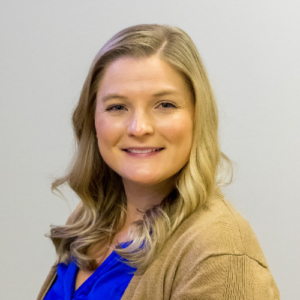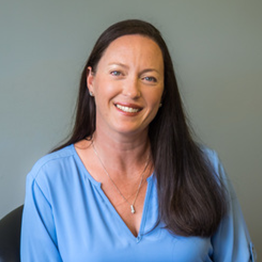Aging is not a curse. In fact, it is a beautiful thing that, hopefully, most of us will have the opportunity to enjoy. There are many benefits to aging such as wisdom, grace, and the ability to recognize the beauty in life. We may not be as spritely as we once were, but there is so much joy that the aging process can bring. While aging is most certainly a grand thing, there are many things that happen to our bodies as we increase in years such as the potential for age related muscle loss known as sarcopenia. However, don’t let your age determine your muscle loss! Did you know that you can take steps TODAY to regain lost muscle and build a frame capable of carrying you through later life? Read on for more tips and strategies to keep your muscle mass in check as you age.
Age Related Muscle Loss does not have to be your reality
Many times, older adults accept frailty and immobility as unavoidable in aging. Age-related muscle loss, sarcopenia, is one of the major causes for these things. However, this does not have to be a reality for you. Yes, it does generally become more of a challenge to build and/or maintain muscle as you age, but that doesn’t mean you stop trying. After the age of 50, approximately ten percent of the population will experience sarcopenia and the ability to build and maintain muscle mass becomes a challenge for all of us. Sarcopenia can
Here is some great news. According to Harvard Health, with a solid plan and good nutrition, you can reverse muscle loss and continue to build muscle well into your golden years.
Muscle mass declines as we age. But this isn’t the whole story.
Muscle loss is not exclusive to one gender. It is believed that women and men begin to experience the loss of muscle mass, between 3%-5% per decade after the age of 30. Why is this? As we age, our bodies begin to resist muscle growth and lean towards muscle loss. In very simplistic terms, the signals that our bodies give to grow and maintain muscle get lost in translation leading to muscle deterioration and a general loss of muscle.
Another factor in muscle loss may be the inevitable decline in testosterone which affects both men and women. Testosterone is a hormone that contributes to protein synthesis. It also plays a role in muscle growth. As we age our skeletal muscle struggles to keep up because of anabolic resistance, a decrease in muscle protein synthesis. This may sound really discouraging, however, it’s not the end of the story. You can modify your activities and diet to ensure muscle mass sticks around for the long haul.
Why is it important to have muscle mass as you age?
Muscle mass is important for your health because a healthy body requires lean muscle tissue, also referred to as skeletal muscle, to promote healthy metabolism, strengthen connective tissues, and increase bone density. As we age, we need muscle to assist us with everyday tasks such as getting in and out of chairs, walking up the stairs, and even bringing in our groceries. This isn’t about looking like a bodybuilder or fitness model. No, muscle mass is important for everyday mobility and living. The reality is we need muscle mass to assist our skeletal structures as well making strength training a priority no matter your age.
Muscle mass not only helps with bone density and everyday living, it can also benefit your immune system, improve your posture, prevent injury and reduce fall risks. Lean muscle mass also assists with blood sugar regulation and can even help reduce your risks for chronic diseases.
How to build muscle. The good stuff!
Before you assume that you need to spend hours in the gym, think again. Experts recommend a combination of strength training using resistance such as weights or resistance bands and general fitness exercises such as walking or aerobics. So, what does this look like for the average person.
Let’s start with general fitness. Studies show that engaging in cardiovascular enhancing activities like walking, hiking, aerobics, and cycling are a great way to combat sarcopenia and muscle loss. These endurance activities can do wonders for slow-twitch muscle growth and can be done with no to minimal equipment. An added bonus for those who seek social engagement is the opportunity to exercise and socialize with others.
Strength training is essential for increasing muscle mass as you age, but you don’t have to lift as heavy as you can to see strength and power gains. Studies show that 2-3 full-body strength days a week are enough to see improvements in muscle mass.
If weights just aren’t your thing, you can also do the same movements sans weights.
Bodyweight exercises such as pushups, planks, lunges, squats, and core exercises are a great way to increase muscle mass. As you become more comfortable with the movements, you can begin to incorporate resistance bands and weights as a way to progressively (over time) challenge yourself and continue to build lean muscle mass.
Don’t forget the importance of your diet
Nutrition plays a vital role in muscle gain or loss. As we age, the need for protein becomes incredibly significant. When you begin to incorporate resistance training into your daily routine, don’t forget to eat enough to sustain your hard work. Experts recommend between 1 to 1.3 grams of protein for every kilogram of body weight per day. Don’t slack on your protein consumption!
Look for lean cuts of meats, Greek yogurts, and include a wide variety of vegetables into your diet.
If you are new to strength training, it might be a good idea to consult a licensed personal trainer for advice. You do not have to tackle this on your own.
Aging gracefully doesn’t mean you have to give up an active lifestyle or assume that your best days are in the past. While our bodies certainly change with age, we can still build and maintain muscle to keep ourselves active and in charge of how we move our bodies. Innova Primary Care wants all of our patients to thrive. We know that age-related muscle loss can be a reality. We also know that there are things you can do right now to help yourself along the way.

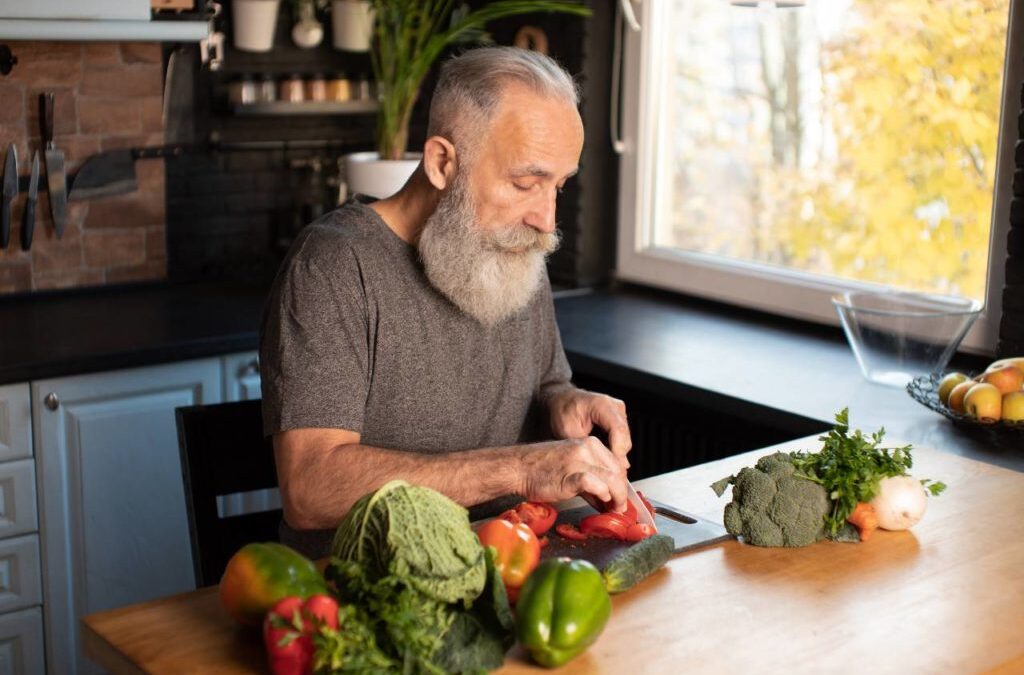



 About
About

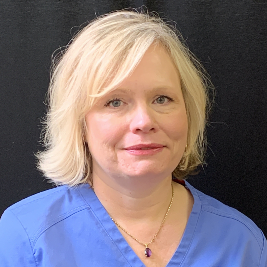 About
About About
About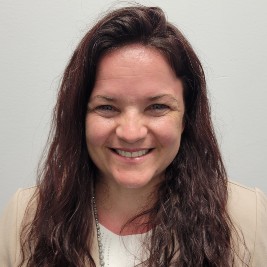 About
About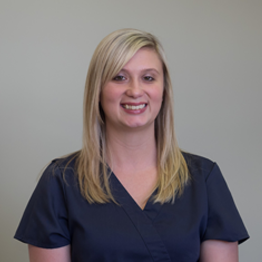
 About
About About
About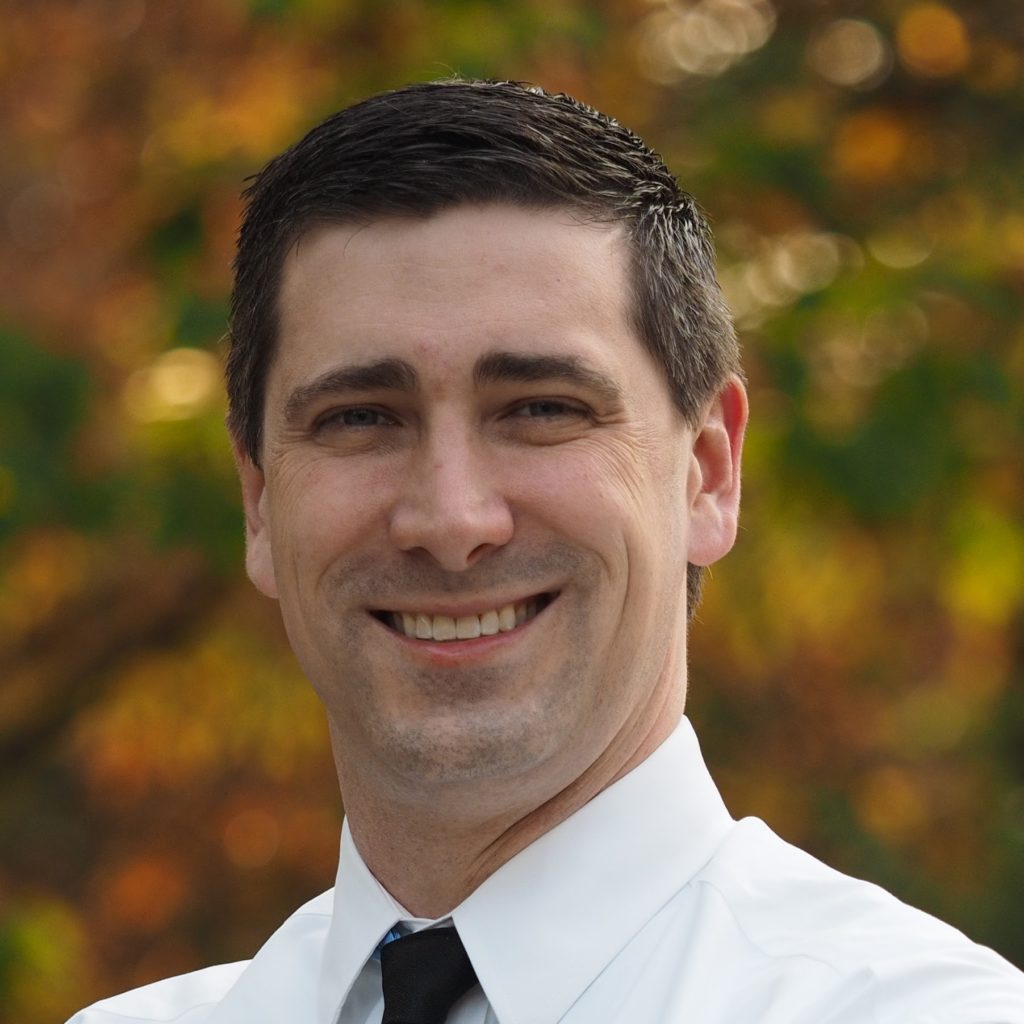

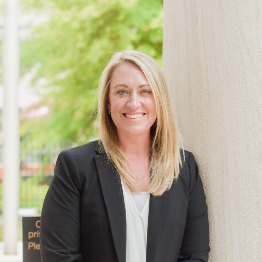 About
About About
About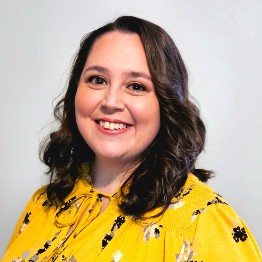 About
About About
About




